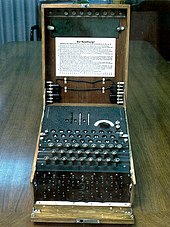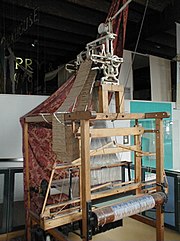Despite its name, a significant amount of computer science does not involve the study of computers themselves. Because of this, several alternative names have been proposed. Danish scientist Peter Naur suggested the term datalogy, to reflect the fact that the scientific discipline revolves around data and data treatment, while not necessarily involving computers. The first scientific institution to use the term was the Department of Datalogy at the University of Copenhagen, founded in 1969, with Peter Naur being the first professor in datalogy. The term is used mainly in the Scandinavian countries. Also, in the early days of computing, a number of terms for the practitioners of the field of computing were suggested in the Communications of the ACM – turingineer, turologist, flow-charts-man, applied meta-mathematician, and applied epistemologist.[17] Three months later in the same journal, comptologist was suggested, followed next year by hypologist.[18] The term computics has also been suggested.[19] Informatik was a term used in Europe with more frequency.
The renowned computer scientist Edsger Dijkstra stated, "Computer science is no more about computers than astronomy is about telescopes." The design and deployment of computers and computer systems is generally considered the province of disciplines other than computer science. For example, the study of computer hardware is usually considered part of computer engineering, while the study of commercial computer systems and their deployment is often called information technology or information systems. Computer science is sometimes criticized as being insufficiently scientific, a view espoused in the statement "Science is to computer science as hydrodynamics is to plumbing", credited to Stan Kelly-Bootle[20] and others. However, there has been much cross-fertilization of ideas between the various computer-related disciplines. Computer science research has also often crossed into other disciplines, such as cognitive science, economics, mathematics, physics (see quantum computing), and linguistics.
Computer science is considered by some to have a much closer relationship with mathematics than many scientific disciplines.[8] Early computer science was strongly influenced by the work of mathematicians such as Kurt Gödel and Alan Turing, and there continues to be a useful interchange of ideas between the two fields in areas such as mathematical logic, category theory, domain theory, and algebra.
The relationship between computer science and software engineering is a contentious issue, which is further muddied by disputes over what the term "software engineering" means, and how computer science is defined. David Parnas, taking a cue from the relationship between other engineering and science disciplines, has claimed that the principal focus of computer science is studying the properties of computation in general, while the principal focus of software engineering is the design of specific computations to achieve practical goals, making the two separate but complementary disciplines.[21]
The academic, political, and funding aspects of computer science tend to depend on whether a department formed with a mathematical emphasis or with an engineering emphasis. Computer science departments with a mathematics emphasis and with a numerical orientation consider alignment computational science. Both types of departments tend to make efforts to bridge the field educationally if not across all research.


